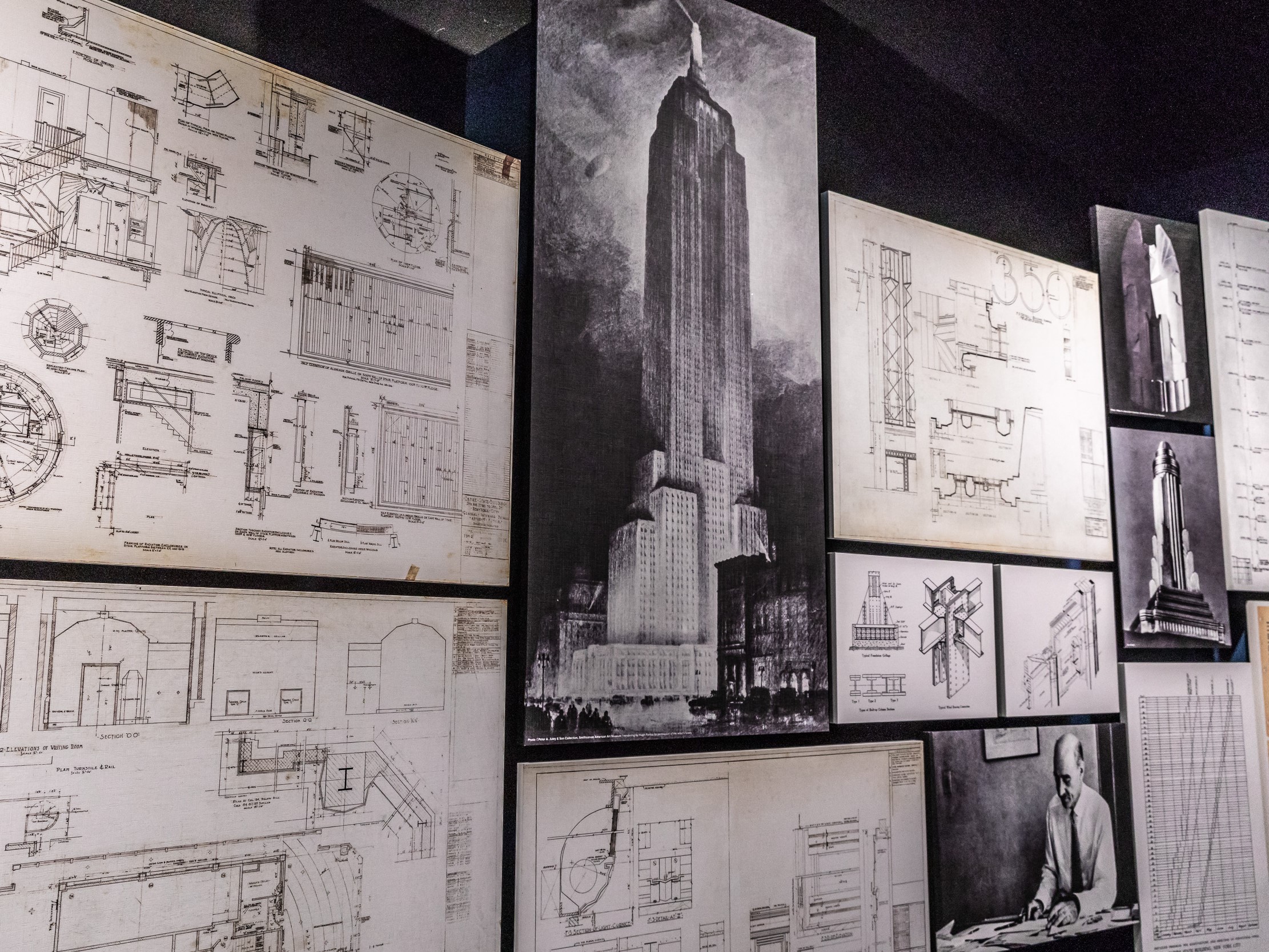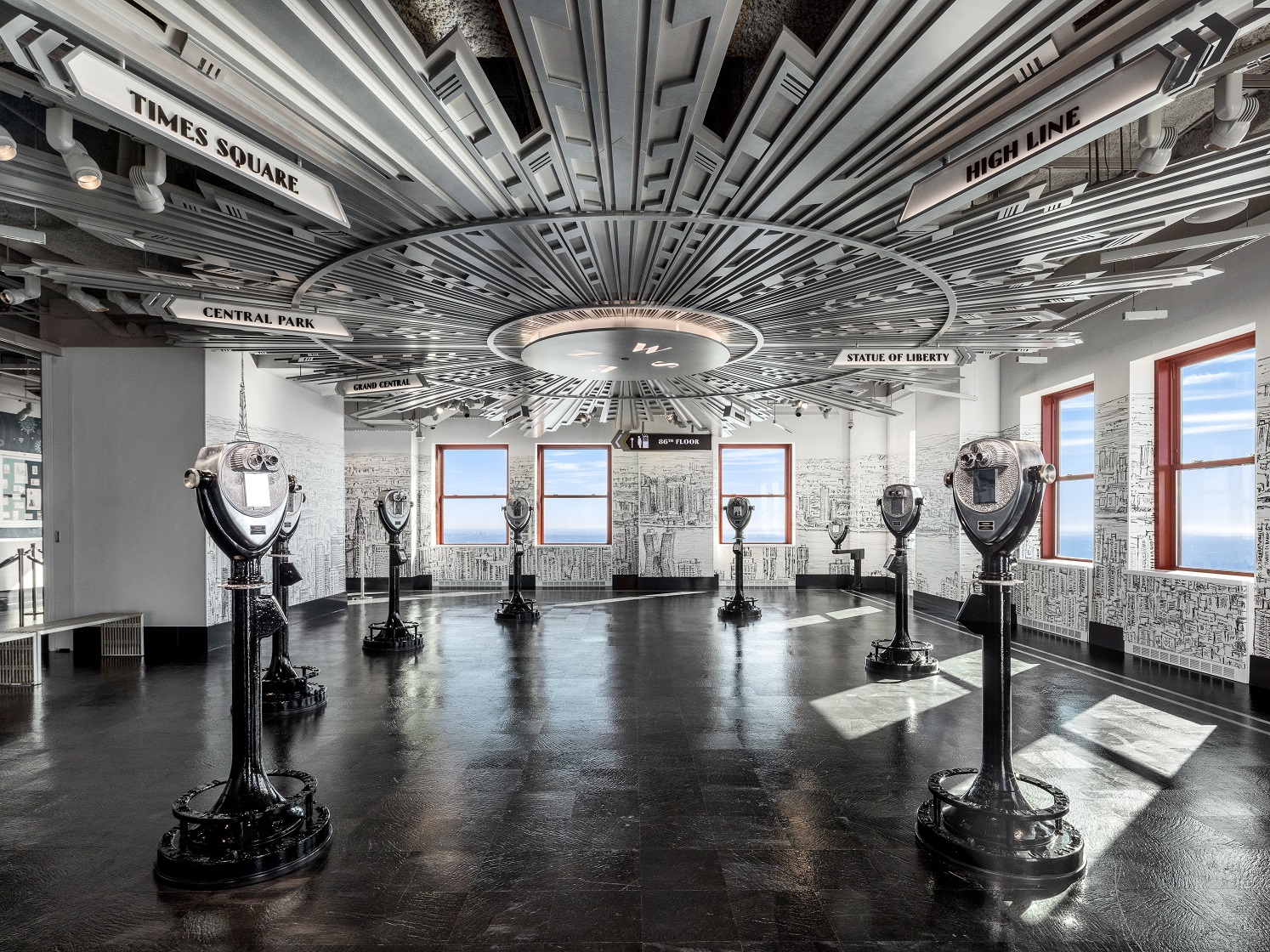Anthony Malkin on the Pandemic’s Impact
ESRT’s CEO talks about COVID-19’s effects on the firm's portfolio, with a focus on the iconic Empire State Building.

Anthony Malkin, Chairman, President & CEO, Empire State Realty Trust. Image courtesy of Empire State Realty Trust
The Empire State Building, the historical landmark that has graced New York City’s skyline since 1931, is a building of the past as much as it is a building of the future. Despite its golden age, the iconic skyscraper’s machines and systems have been revamped, turning the asset into a new kind of icon, one that serves as a model to other older buildings for how to consume energy efficiently, interact with the electrical grid and operate more sustainably.
For the historic retrofit—which led to a 38 percent energy reduction and $4.4 million in annual savings—building owner Empire State Realty Trust used The New York State Energy Research and Development Authority’s Real Time Energy Management incentives for control upgrades, chiller plant optimization, tenant energy management, tenant air handling units, lighting controls and plug load monitoring, as well as ongoing services including predictive analysis and fault detection and diagnostics.
But COVID-19 didn’t spare Empire State Realty Trust’s asset; its office tenants have also been sheltering in place and working from home. Still, the newly upgraded infrastructure and RTEM investments helped the owners understand the building’s energy use more thoroughly. And that’s not all. ESRT has always paid close attention to indoor environmental quality—it recently partnered with the Well Living Lab and the Mayo Clinic and enrolled its portfolio, consisting of 14 office and six retail properties, in the WELL Health-Safety Rating program to help improve the standards for indoor environmental quality.
Commercial Property Executive talked to ESRT’s Chairman, President & CEO Anthony Malkin about the building’s post-upgrade performance during the global pandemic. Malkin is also the chair of the Real Estate Roundtable’s Sustainability Policy Advisory Committee and a member of the mayor’s advisory board for the implementation of Local Law 97 in New York City.
While the benefits are well-known, what challenges have you come across while retrofitting a project of this caliber?
Malkin: You have to integrate everything by design in your capital improvement planning—all building systems—from the outside in. Costs must be justified, and you need a fully capable and integrated team to look at your existing systems and the newest technologies to determine the best technical and economic approach, and determine what incentives are available to help reduce your out-of-pocket costs. You must deploy monitoring and verification to prove your outcomes. Coordination with tenants is critical. Tenants account for up to 65 percent of a building’s energy usage.
You have installed MERV-13 filters and AtmosAir bipolar ionization, and increased outside dedicated air system in the lobbies and retail components of your buildings. What other systems do you plan to upgrade?
Malkin: Our Indoor Environmental Quality program is industry-leading, comprehensive and state-of-the-art for today. We are now deeply involved in version 2.0 to advance our work, and that may yield new innovations in IEQ, as well as energy efficiency to ensure the most energy-efficient, sustainable and healthiest possible buildings for our clients.
READ ALSO: GreenGen CEO Talks Coronavirus, ESG Practices
Tell us more about the partnership with Well Living Lab and the Mayo Clinic.
Malkin: This fits with ESRT’s prioritization of healthy buildings for better workspaces for more than a decade, and our industry leadership. Our partnership with the Well Living Lab and the Mayo Clinic advances the study of the indoor environment’s impact on human health and will help develop even better practices in office buildings in the U.S. and internationally. We will contribute our extensive experience and expertise in building operations and management.
How has COVID-19 impacted ESRT’s office portfolio? What do occupancy and rent collections show?
Malkin: ESRT’s entire portfolio of commercial office buildings remained open throughout the pandemic, with leading measures in place to ensure the health and safety of all building occupants. Occupancy has continued to increase following government permission for nonessential workers to return. Our rent collections have continued to improve.
How do you expect the situation to progress?
Malkin: We look at COVID-19 as a four-stage process: lockdown, pre-therapy/vaccine, post-therapy/vaccine, and assessment and rebuilding of the economy. We are confident in New York City, its resilience and its ability to recover. At the same time, we anticipate that we will not be in stage 3 until mid-2021, and we will not see stage 4 until the first quarter of 2022. So, we will all have to adjust, pivot and flex to the dynamics of the situation.
What else has changed since the onset of the pandemic?
Malkin: ESRT’s focus on IEQ has been in place for over a decade. Our leadership prepared us for this unanticipated challenge. The expertise of our team at ESRT put us in a position to lead with enhanced IEQ and health and safety measures, which we implemented consistently and promptly across our portfolio, and which we continue to monitor and track as science, data and knowledge evolve.
It’s been more than a month since the observatory reopened. How have things advanced so far?
Malkin: We were able to open for business before virtually any other attraction, with clear safety measures in place in the observatory, including clear signage, spacing directives, hand sanitizer, temperature monitors, increased ventilation, MERV-13 filtration, and AtmosAir bipolar ionization and real-time air quality monitoring.
Right now, we are New York for New Yorkers. With a steady growth of visitors, a reduced occupancy and much of the country shut out due to quarantine requirements, we look forward to welcoming visitors from New York City and around the world back to the Empire State Building.
READ ALSO: Conquering Local Law 97 Post-Pandemic
As property manager and owner of office assets, what is your biggest concern at this time?
Malkin: Our focus is, and has always been, the delivery of safe, healthy, sustainable and productive workplaces for our clients. We remain watchful and responsive to the need to pivot and flex as the dynamics of the current situation demands.
You are a member of the mayor’s advisory board for the implementation of Local Law 97. How is COVID-19 affecting LL97?
Malkin: Participation in the advisory board is a privilege and a heavy burden. The work has progressed and there are new challenges every day. While presently there is no announced intention to change any timetable for implementation, we have already seen efforts to amend the legislation before the Advisory Board’s work is done.
We will have to see how things unfold. It is important that New York City runs a good process as an example of how to succeed, not how to fail, and I hope policymakers and politicians realize that.
What would you recommend to other property managers and owners during these troubled times?
Malkin: We are happy to share our processes and recommendations with others, and to welcome all workers and visitors back to our ESRT portfolio and back to New York City. Be smart. Be safe. Come back to work. We are ready.











You must be logged in to post a comment.